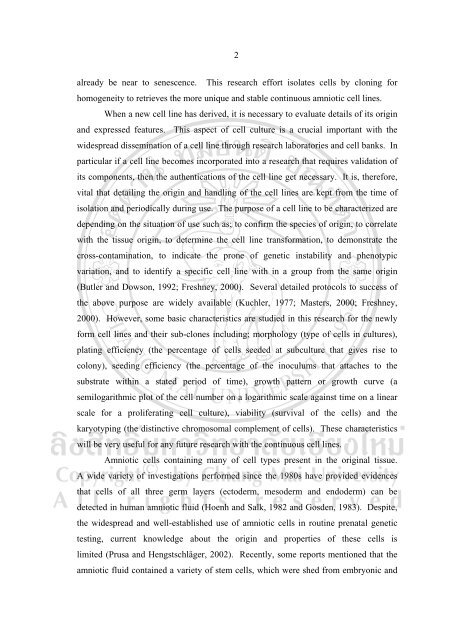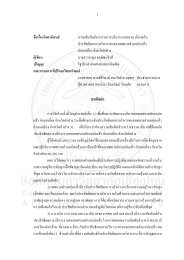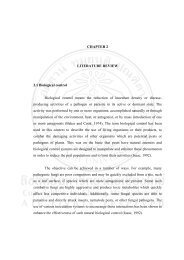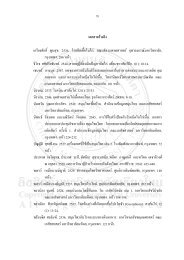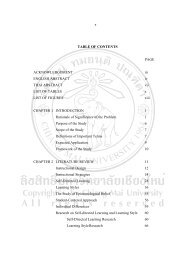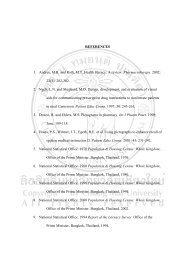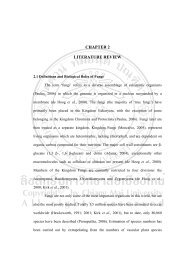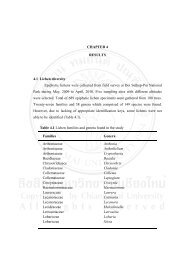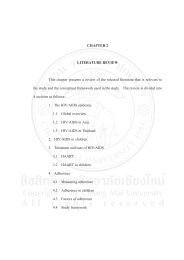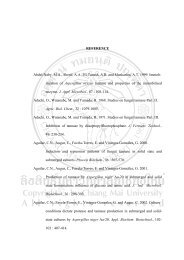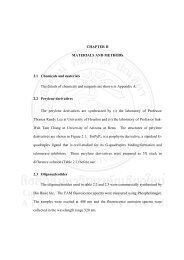CHAPTER I INTRODUCTION The use of amniotic fluid to assess the ...
CHAPTER I INTRODUCTION The use of amniotic fluid to assess the ...
CHAPTER I INTRODUCTION The use of amniotic fluid to assess the ...
You also want an ePaper? Increase the reach of your titles
YUMPU automatically turns print PDFs into web optimized ePapers that Google loves.
2<br />
already be near <strong>to</strong> senescence. This research effort isolates cells by cloning for<br />
homogeneity <strong>to</strong> retrieves <strong>the</strong> more unique and stable continuous <strong>amniotic</strong> cell lines.<br />
When a new cell line has derived, it is necessary <strong>to</strong> evaluate details <strong>of</strong> its origin<br />
and expressed features. This aspect <strong>of</strong> cell culture is a crucial important with <strong>the</strong><br />
widespread dissemination <strong>of</strong> a cell line through research labora<strong>to</strong>ries and cell banks. In<br />
particular if a cell line becomes incorporated in<strong>to</strong> a research that requires validation <strong>of</strong><br />
its components, <strong>the</strong>n <strong>the</strong> au<strong>the</strong>ntications <strong>of</strong> <strong>the</strong> cell line get necessary. It is, <strong>the</strong>refore,<br />
vital that detailing <strong>the</strong> origin and handling <strong>of</strong> <strong>the</strong> cell lines are kept from <strong>the</strong> time <strong>of</strong><br />
isolation and periodically during <strong>use</strong>. <strong>The</strong> purpose <strong>of</strong> a cell line <strong>to</strong> be characterized are<br />
depending on <strong>the</strong> situation <strong>of</strong> <strong>use</strong> such as; <strong>to</strong> confirm <strong>the</strong> species <strong>of</strong> origin, <strong>to</strong> correlate<br />
with <strong>the</strong> tissue origin, <strong>to</strong> determine <strong>the</strong> cell line transformation, <strong>to</strong> demonstrate <strong>the</strong><br />
cross-contamination, <strong>to</strong> indicate <strong>the</strong> prone <strong>of</strong> genetic instability and phenotypic<br />
variation, and <strong>to</strong> identify a specific cell line with in a group from <strong>the</strong> same origin<br />
(Butler and Dowson, 1992; Freshney, 2000). Several detailed pro<strong>to</strong>cols <strong>to</strong> success <strong>of</strong><br />
<strong>the</strong> above purpose are widely available (Kuchler, 1977; Masters, 2000; Freshney,<br />
2000). However, some basic characteristics are studied in this research for <strong>the</strong> newly<br />
form cell lines and <strong>the</strong>ir sub-clones including; morphology (type <strong>of</strong> cells in cultures),<br />
plating efficiency (<strong>the</strong> percentage <strong>of</strong> cells seeded at subculture that gives rise <strong>to</strong><br />
colony), seeding efficiency (<strong>the</strong> percentage <strong>of</strong> <strong>the</strong> inoculums that attaches <strong>to</strong> <strong>the</strong><br />
substrate within a stated period <strong>of</strong> time), growth pattern or growth curve (a<br />
semilogarithmic plot <strong>of</strong> <strong>the</strong> cell number on a logarithmic scale against time on a linear<br />
scale for a proliferating cell culture), viability (survival <strong>of</strong> <strong>the</strong> cells) and <strong>the</strong><br />
karyotyping (<strong>the</strong> distinctive chromosomal complement <strong>of</strong> cells). <strong>The</strong>se characteristics<br />
will be very <strong>use</strong>ful for any future research with <strong>the</strong> continuous cell lines.<br />
Amniotic cells containing many <strong>of</strong> cell types present in <strong>the</strong> original tissue.<br />
A wide variety <strong>of</strong> investigations performed since <strong>the</strong> 1980s have provided evidences<br />
that cells <strong>of</strong> all three germ layers (ec<strong>to</strong>derm, mesoderm and endoderm) can be<br />
detected in human <strong>amniotic</strong> <strong>fluid</strong> (Hoenh and Salk, 1982 and Gosden, 1983). Despite,<br />
<strong>the</strong> widespread and well-established <strong>use</strong> <strong>of</strong> <strong>amniotic</strong> cells in routine prenatal genetic<br />
testing, current knowledge about <strong>the</strong> origin and properties <strong>of</strong> <strong>the</strong>se cells is<br />
limited (Prusa and Hengstschläger, 2002). Recently, some reports mentioned that <strong>the</strong><br />
<strong>amniotic</strong> <strong>fluid</strong> contained a variety <strong>of</strong> stem cells, which were shed from embryonic and


